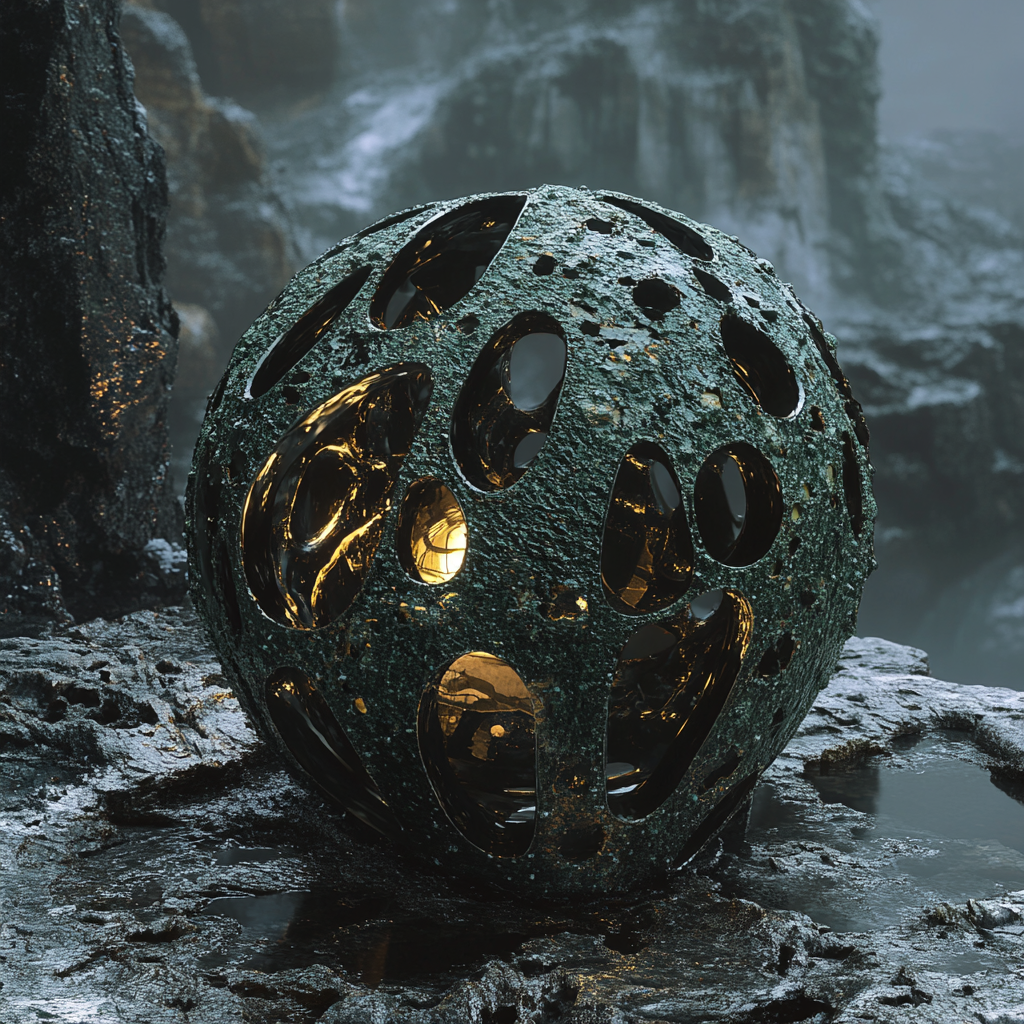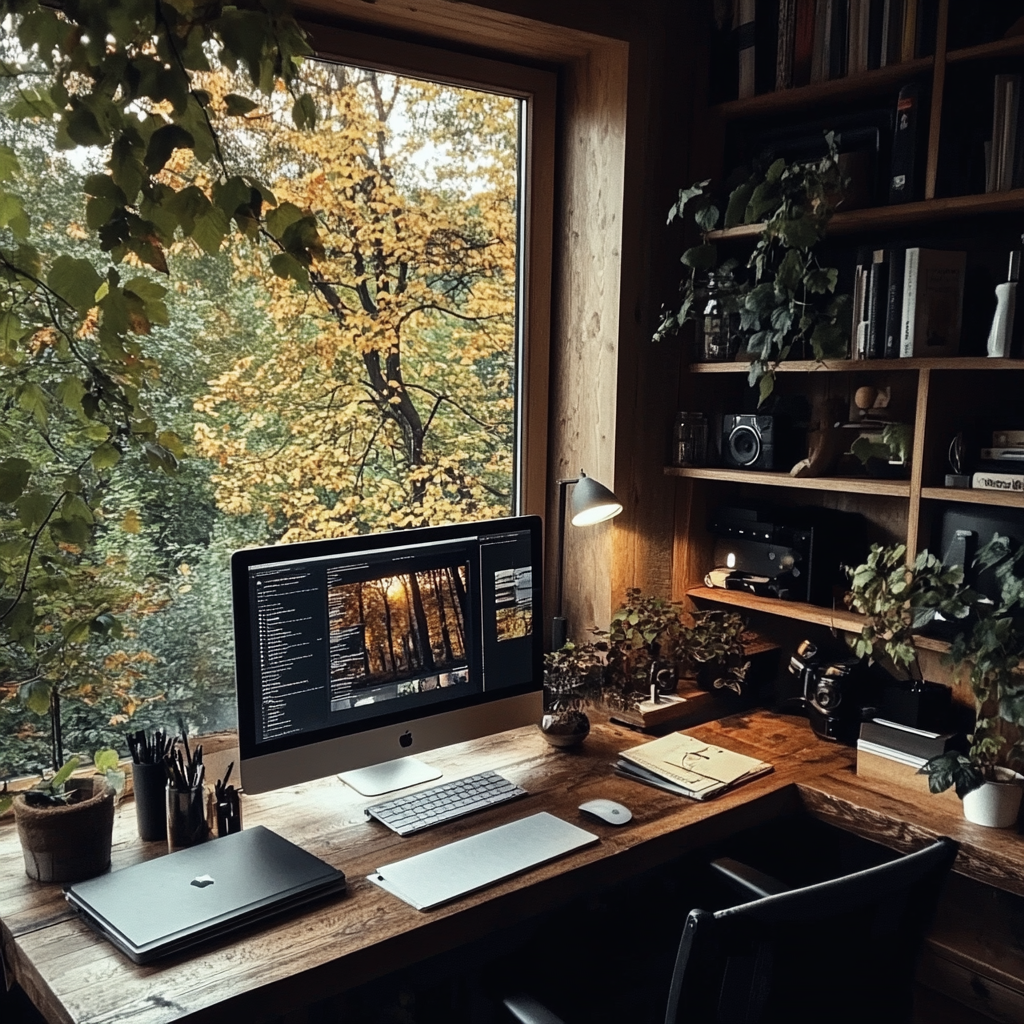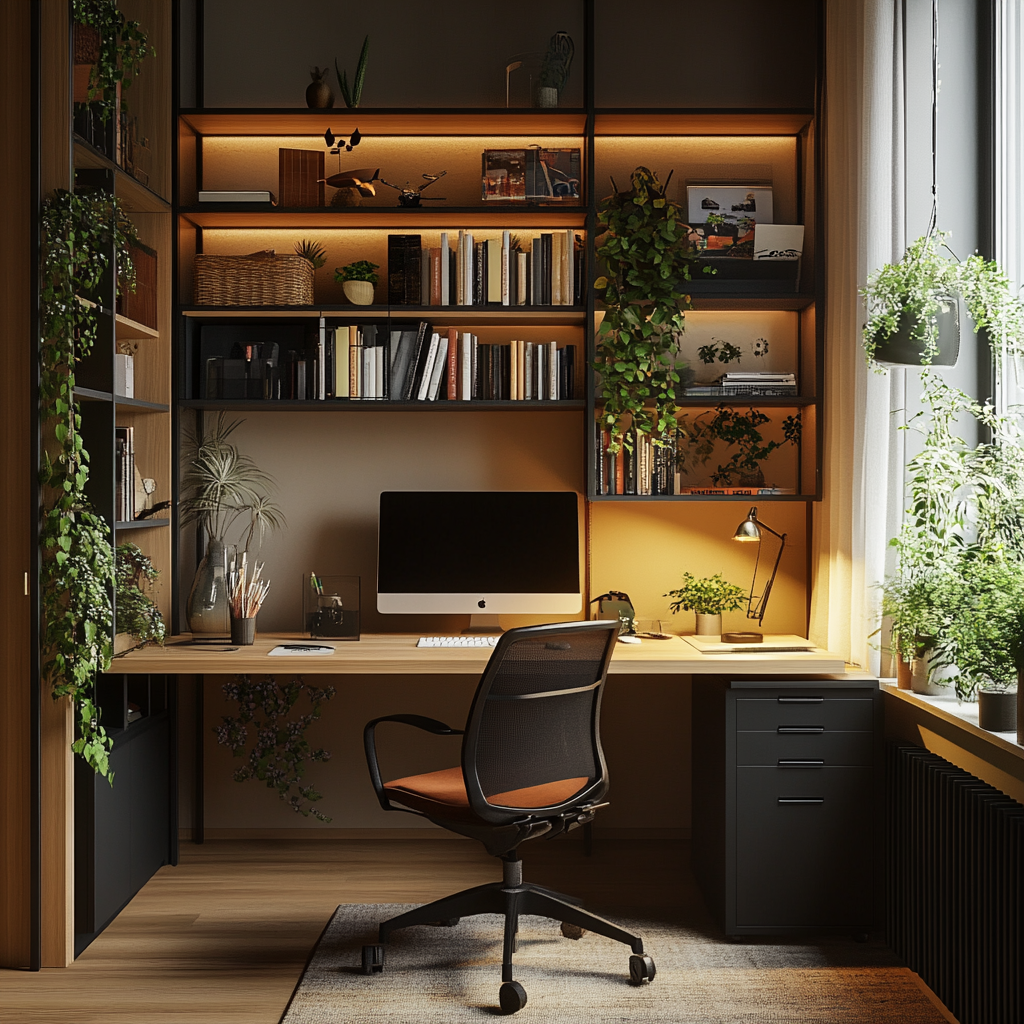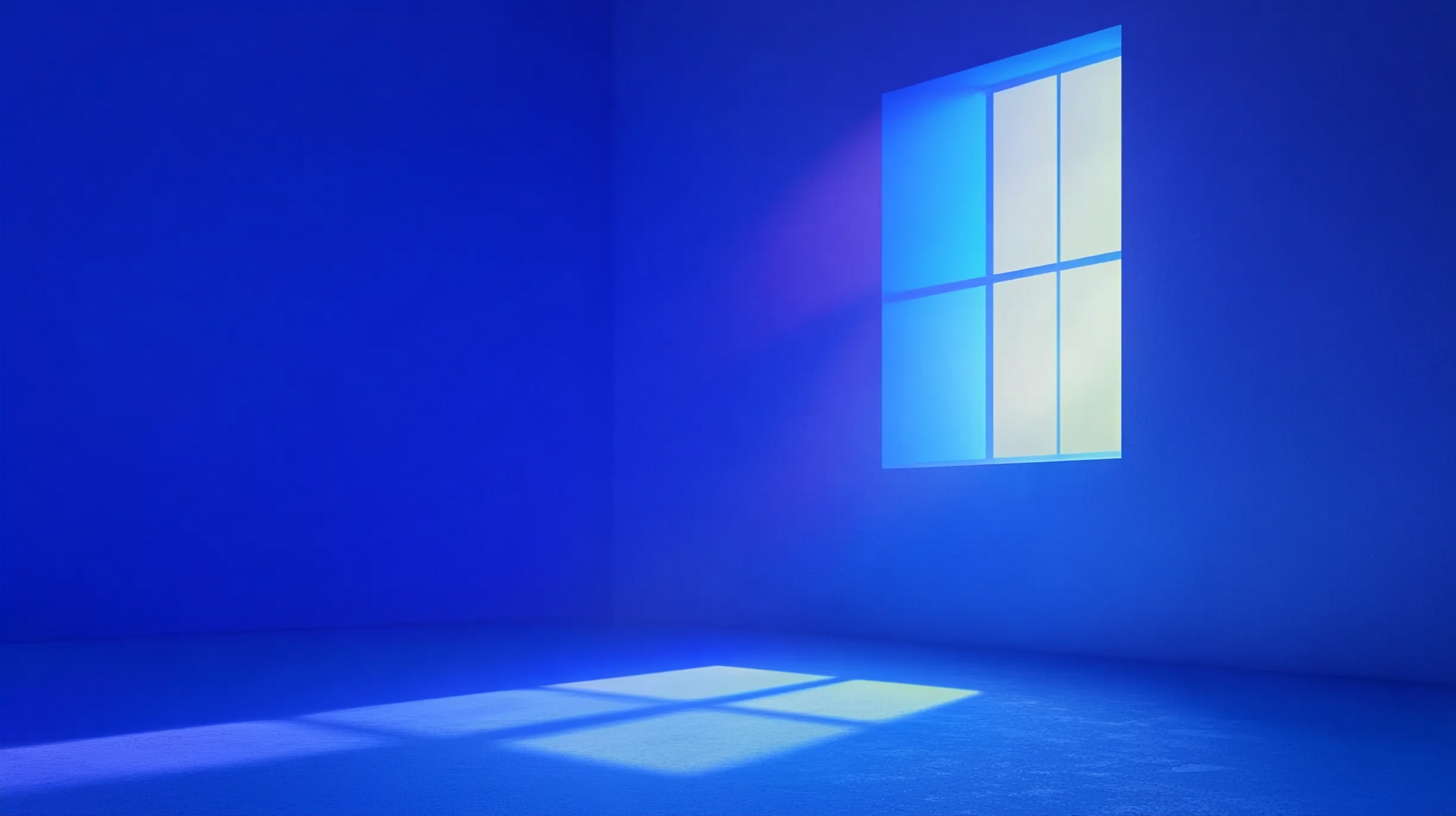Recently I returned to working with Substance 3D Designer and remembered an article that examined in detail the key features of this powerful tool. If you haven’t read the review of the main features of Substance 3D Designer, I advise you to take a look — it was he who inspired me to rediscover this node paradise and try everything with my own hands.
Nodes as art — the architecture of materials
The first thing that catches your eye in Designer is the workflow on nodes. And although at first it seems like a tangle of wires behind an old TV, in fact, it is an ingenious way to build complex textures.
🎯 Tested in practice:
I needed to recreate old, cracked asphalt. In half an hour, using noise, gradients, overlays and masks — I got such a realistic surface that I wanted to bypass it myself. Nodes really give you control that is impossible to get in regular 2D editors.

Lossless procedural magic
The article emphasized the power of procedural texturing, and I decided to go ahead and try making a tile with an aging effect. I changed the scale, resolution, added wear and cracks.
📌 Result:
No pixels, no repeating patterns – just flexibility and infinite clarity. I even increased the texture to 8K, and it still looked fresh. It’s like looking at an infinite material under a microscope.

Real-time preview – yes, it really works
In theory, real-time rendering sounds like something from the future, but Substance 3D Designer handles it playfully. I changed the roughness of the metal surface, and the reflections immediately adjusted. It’s so convenient that I don’t want to go back to “click-save-view” anymore.
⚠️ Tip:
Don’t overdo it with effects – sometimes it’s easier to go back a couple of steps than to untangle a knotty web.

Integration without unnecessary noise (well, almost)
Export to Unreal Engine went smoothly – exported a set of PBR textures in a couple of minutes. True, with Blender I had to do a little magic with channels. Nevertheless, support for formats and compatibility with other tools is a serious plus.
What I learned: Substance Designer is like Lego for artists
Each material, each texture is the result of precise adjustment. Nodes, preview, procedurality and export make the process not just technical, but almost creative.
If you are interested in this topic, I recommend looking at that very review of the capabilities of Substance 3D Designer, which prompted me to open this editor again and remember how powerful it is.









Leave a Reply